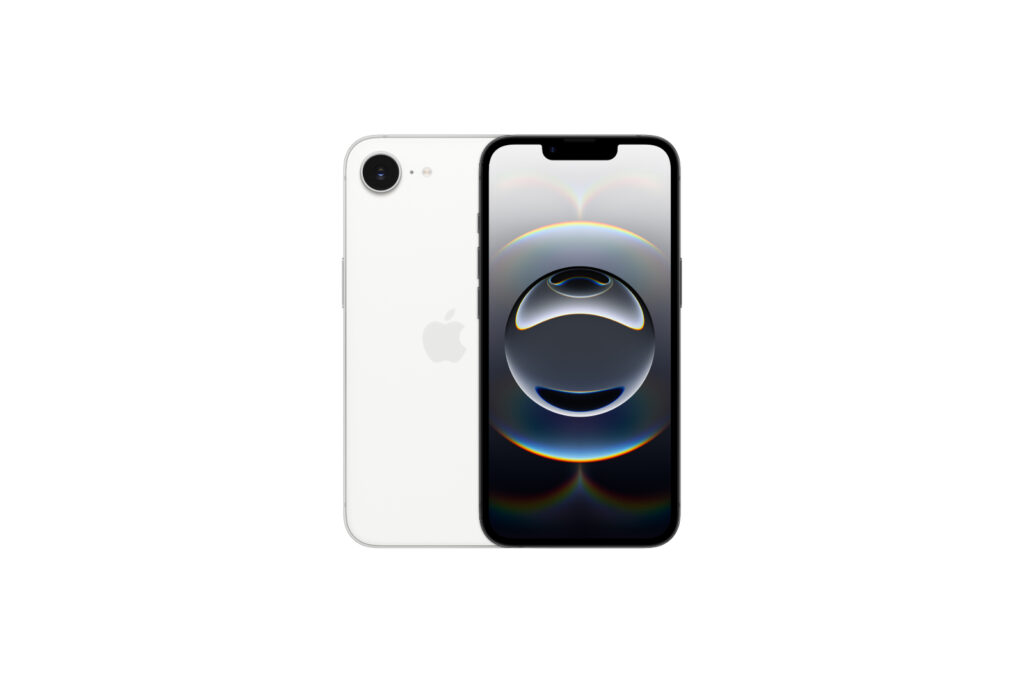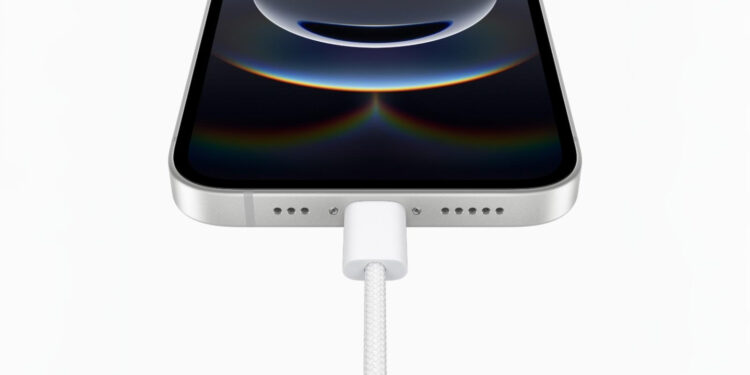The iPhone 16e is Apple's latest model. While there are some external differences to the other iPhone 16 models, under the hood it is clear that Apple has made some changes. The GPU is particularly noticeable, which differs from the regular iPhone 16. But the RAM and charging speed also raise questions. Geekbench results and approval documents from China now provide initial insights into the actual performance of the device.
Apple traditionally divides its iPhones into different model series. In addition to the standard models, there are Pro versions with better hardware. With the iPhone 16e, Apple is now taking a slightly different approach. The device offers some of the specifications of the iPhone 16, but is slightly slimmed down in some areas. The differences are mainly in the GPU performance and the support of MagSafe. For many users, however, this may not be significant.
A18 chip with a 4-core GPU
Inside the iPhone 16e is the A18 chip, which is also installed in the regular iPhone 16. However, there is a clear difference: While the iPhone 16 has a 5-core GPU, the iPhone 16e comes with a 4-core GPU. The consequences shows a Geekbench graphics test in which the iPhone 16e scored 24,188 points. For comparison: The iPhone 16 and iPhone 16 Plus scored about 13 percent more points. For normal use, this difference is unlikely to be noticeable. Anyone buying an iPhone 16e will usually be upgrading from an older model and will notice a clear increase in performance. However, anyone planning to use the device for graphics-intensive applications or gaming should be aware of the lower GPU power.
8 GB RAM for better future security
In addition to the GPU differences, the Geekbench test also confirms the installed RAM. The iPhone 16e has 8 GB of RAM. This puts it on the same level as the iPhone 16 and offers more memory than many older iPhone models. In practice, more RAM means greater future security, as Apple often adapts new functions and software updates to the RAM. This could play a role, especially with regard to upcoming AI functions under the term "Apple Intelligence".
USB-C fast charging with up to 29 W
Another interesting point is the charging speed. A regulatory filing from China indicates that the iPhone 16e supports fast charging of up to 29 W. This is roughly the same as the maximum charging power of the iPhone 16, which reaches around 30 W when wired via USB-C. In practice, this means that the iPhone 16e's battery can be charged to 50 percent in around 30 minutes if the appropriate power adapter is used. The device charges wirelessly at 7.5 W via the Qi standard, but it does not support MagSafe. This could be a disadvantage for some users, especially if they already have MagSafe accessories.
Price and availability
The iPhone 16e starts at a price of 699 euros and is available for pre-order now. The first orders are expected to be delivered on February 28. This positions the device as a cheap alternative within the iPhone 16 series, but still offers solid performance for everyday use.

iPhone 16e: A modern iPhone with minor limitations
The iPhone 16e is an interesting option for anyone looking for a current iPhone at a slightly lower price. The performance losses due to the reduced GPU are there, but are hardly noticeable in everyday use. With 8 GB of RAM and a solid fast charging function, the device is well equipped for the future. If you can do without MagSafe and don't need maximum GPU power, the iPhone 16e is a powerful smartphone with a modern chip and good value for money. (Image: Apple)
- iPhone 16e: These camera features are missing from the Apple phone
- Apple Intelligence: Available in German, French & more from April
- Apple eliminates LCD – every iPhone now uses OLED technology
- iPhone 16e: Modern design, but no MagSafe – a disadvantage?
- Apple presents C1: The first own 5G modem for the iPhone
- iPhone 16e without MagSafe, UWB and Thread – all information here





